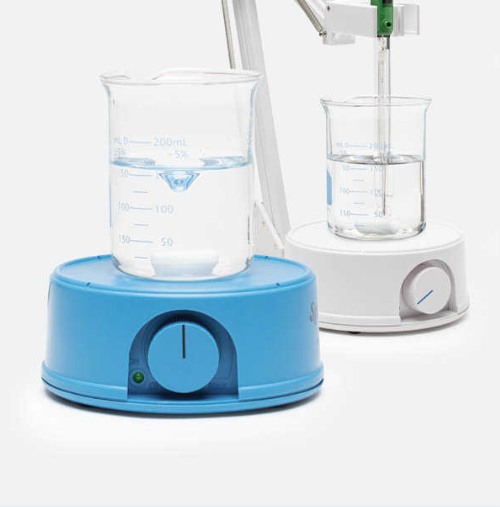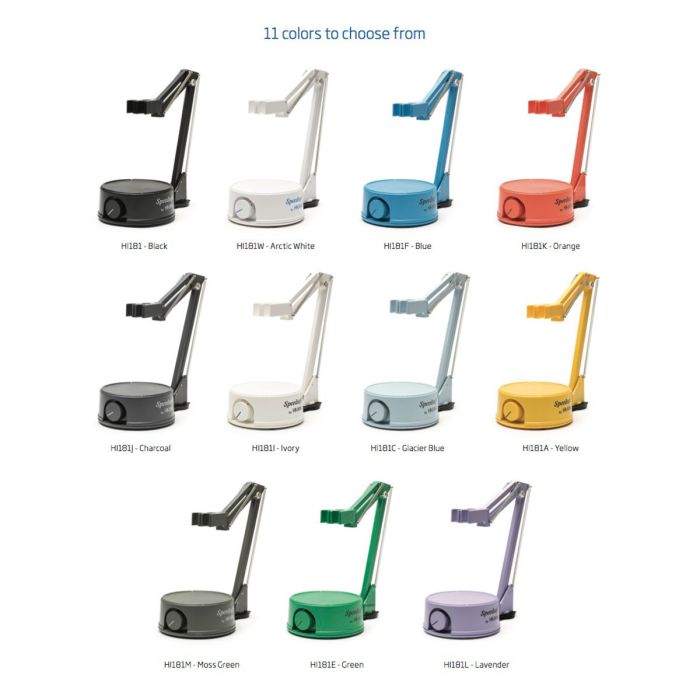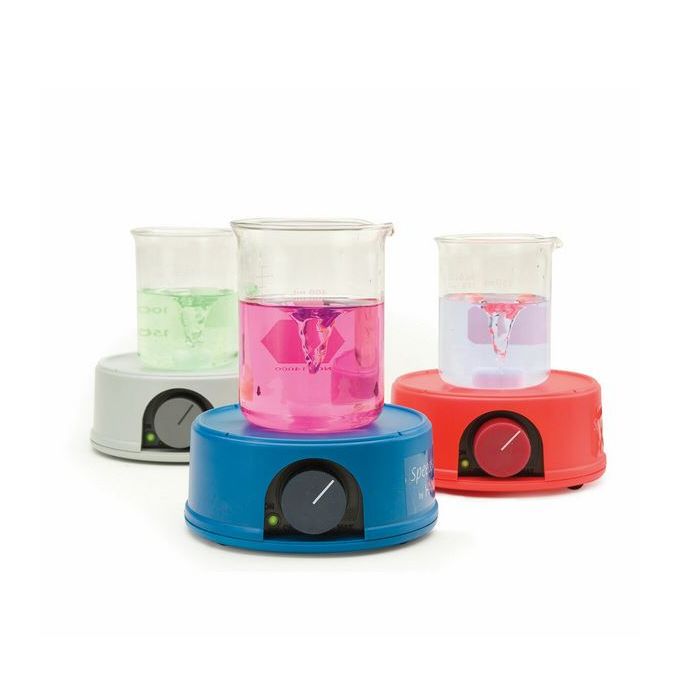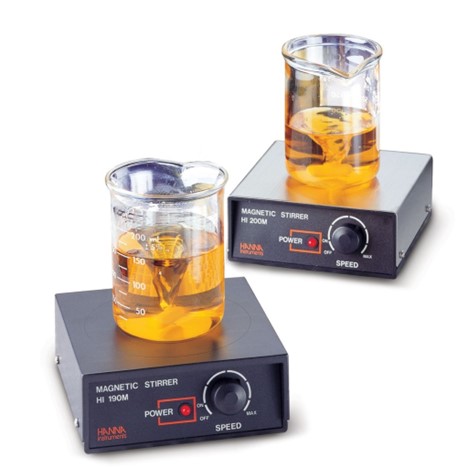
The homogenization process in laboratory practice involves the transformation of a sample into a uniform and consistent mixture.
It typically involves mechanical or chemical methods to break down the sample and ensure that all its components are evenly distributed.
Samples in the era before World War II were readied by cutting and slicing, and it wasn’t until 1940 that genuine homogenizers were introduced into laboratory practices.
Currently, a wide range of devices is employed to minimize the size and ensure uniformity of environmental, food, or other sample types, regardless of their source.
While there isn’t an ideal system, each device possesses certain drawbacks:
- certain devices generate heat that could potentially modify or degrade the sample
- other devices might cause the loss of volatile compounds
- some devices can only handle small quantities of bulk samples
- the choice of homogenizer construction material can lead to sample contamination
The final result of homogenization should be uniformity and repeatability in obtained results.
Achieving homogenization can involve various techniques, including blending, grinding, stirring, sonicating, or utilizing specialized equipment like homogenizers. The particular method employed relies on factors such as the sample’s characteristics and the intended result.
A magnetic stirrer is commonly used to homogenize liquid samples, ensuring thorough mixing for greater stability and improved measurement accuracy. By using a magnetic stirrer, your sample will be thoroughly mixed, leading to improved stability and more accurate measurements. In addition, the stirring motion speeds up the response time of the electrode in the solution, enabling you to minimize test time. To ensure effective sample mixing, it is essential that a mixer has adjustable speed control.
Achieving proper sample mixing in the laboratory is crucial for obtaining reliable, accurate and representative results, improving the efficiency of experimental processes and ensuring the validity of scientific findings.
There are two categories of magnetic stirrers: mechanical and electronic.
The majority of magnetic stirrer manufacturers employ the mechanical approach, utilizing steel and aluminum for the structural components and relying on outdated speed control methods. These units are not only excessively heavy, but also highly imprecise. Although the use of such materials and techniques may give the impression of durability and strength, they actually make the units cumbersome and outmoded.
Even a seemingly straightforward task like completely dissolving salts in a medium is, in reality, a scientific process. Often, this cannot be accomplished effectively through simple mechanical means. When using mechanical products, users are left with limited options of increasing stirring time or temperature.
In contrast, electronic solutions offer greater versatility... and this is where the HANNA approach stands out as electronic.
Features of Hanna Instruments homogenizers:
Speed sensor and limiter
Every HANNA stirrer is furnished with a speed detection device (opto-sensor) combined with an FVC (frequency voltage converter) that monitors the speed. When the speed reaches a pre-set maximum level, the speed limiter deactivates the VCO to decrease the motor speed. This ensures that if the load is suddenly removed from the stirrer, the motor won’t accelerate to a dangerously high speed, which could pose a risk to both the user and the stirrer. This feature is not commonly found in traditional stirrers.
Achieving accurate stirring speed adjustment with a mechanical stirrer is challenging. Similar to the “ZOOM” function of a microscope, the electronic system allows access to two separate speed ranges. This guarantees maximum repeatability in experiments and processing. Maintaining an appropriate stirring speed is crucial for minimizing air contamination during solution mixing. Excessive speed can create a deep vortex, potentially leading to mixture contamination.
Auto-feedback
Furthermore, the HANNA auto-feedback stirrer automatically compensates for any changes in viscosity or volume of the solution to maintain a constant speed.
Sophisticated Engineering
All parts are meticulously engineered and manufactured to precise specifications, ensuring absolute reliability. These components are housed within a molded casing covered with a stainless steel plate, providing splash-proof and chemical-resistant properties. The stirrer exhibits minimal vibration and features a well-balanced rotating arm, ensuring trouble-free operation for years.
Safety
An ON/OFF switch located on the instrument’s front panel, along with a fuse on the rear panel, allows users to easily disconnect the power. The circuitry is grounded to the case, offering additional protection.
For the homogenization of your samples in the laboratory, Hanna Instruments offers several excellent choices!
HI180
Compact Magnetic Mini-Stirrers
HI180 are a family of lightweight and inexpensive magnetic mini-stirrers. The stirrers are compact and easy to handle, requiring very little space. HI180 mini-stirrers are available in 11 colors, allowing easy recognition on crowded benchtops.
- Lightweight design
- Speedsafe™ mechanism
- Adjustable speed control

The HANNA stirrers are equipped with electronic controls, enabling users to adjust the speed with enhanced accuracy. Alongside speed control, the Speedsafe™ mechanism ensures that the maximum speed is never surpassed.
The HI180 mini-stirrers come in eleven different colors. Placing multiple HI180 stirrers on a laboratory bench can assist in distinguishing between various samples, thanks to their respective colors.
All models are provided with a micro stir bar and accompanying instructions.
HI181
Compact Magnetic Mini-Stirrers with Electrode Holder
HI181 are a family of lightweight and inexpensive magnetic mini-stirrers with an integrated electrode holder. The stirrers are compact and easy to handle, requiring very little space. Measurement setup is made simple with the adjustable electrode arm that can hold up to three 12 mm diameter or less electrodes.
HI181 mini-stirrers are available in 11 colors, allowing easy recognition on crowded benchtops.
- Adjustable electrode arm
- Speedsafe™ mechanism
- Adjustable speed control

Built-In Electrode Holder
The adjustable electrode arm of the HI181 mini-stirrers is able to hold up to three 12 mm diameter or less electrodes.
When paired with a multichannel meter, this feature allows simultaneous measurements of a single sample to be performed and viewed.
For measurements that require temperature compensation, a Hanna temperature probe can be placed in the electrode holder to obtain accurately compensated readings.
HI731319
Magnetic Stir Bars (10)
HI731319 is a set of 10 magnetic stir bars that are used with a magnetic stirrer whether independent or built into a meter.
Each stir bar is coated with polytetrafluoroethylene (PTFE) to provide chemical resistance to a wide variety of chemicals including aggressive substances.
- Chemically resistant PTFE coating
- Small size (1 ” x 0.3 “)
- 10 piece set
HI190M • HI200M
Our Popular Magnetic Mini-Stirrers
These stirrers have incorporated electronic controls, enabling users to regulate the speed more precisely. In typical laboratory settings, it is common to remove a sample from the stirrer before reducing the speed. This action would cause conventional equipment motors to accelerate until they are damaged.
However, this issue does not arise with HANNA mini-stirrers, thanks to their internal Speedsafe™ mechanism that prevents exceeding the maximum speed.
The HI190M and HI190M-0 versions are equipped with an ABS cover, which provides resistance against the adverse effects of accidentally spilled chemicals. The ABS-covered mini-stirrer is available in two options: the HI190M operates at either 110 or 220 VAC, while the HI190M-0 operates at 12 VDC. This versatility allows users to choose between field and lab models, while the HI190M-0 is specifically suitable for applications requiring a low input voltage.
For applications involving exothermic reactions, the HI200M model is equipped with a cover made of AISI 316 stainless steel, making it an ideal choice.
AUTHOR: Nives Vinceković Budor, dipl.kem.ing.








